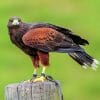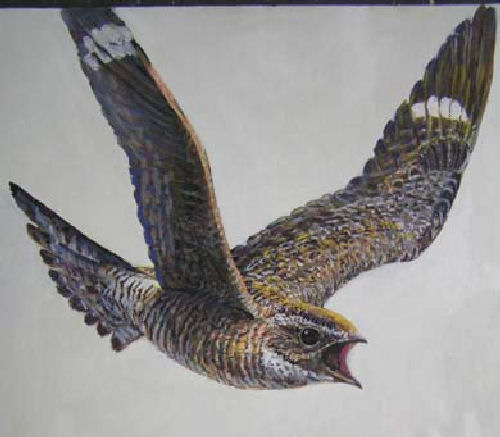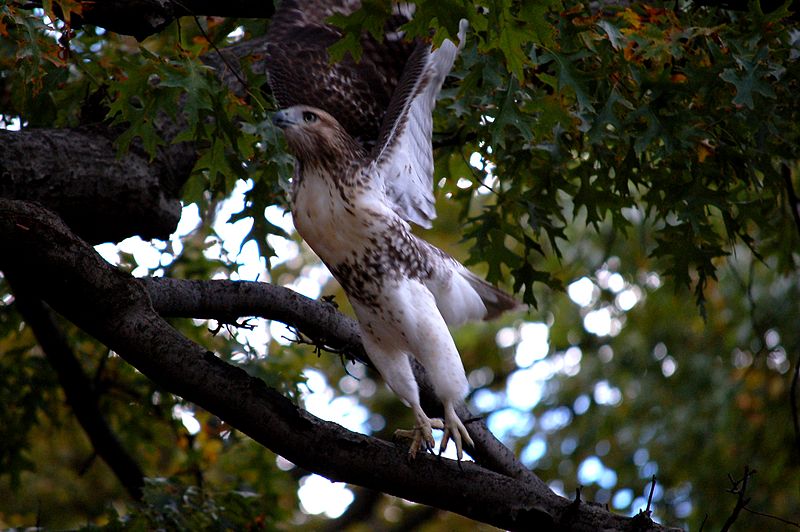


(), and the Bald Eagle was recently proposed for delisting (6 July 1999) due to its increase from 417 pairs in 1963 to 6,334 pairs in 2000. The Peregrine Falcon was recently removed from the list of Endangered and Threatened Species in the U.S. However, their numbers have rebounded since DDT use was restricted in the 1970s. Many raptor species such as the Bald Eagle and Peregrine Falcon sharply declined as a direct result of the use of the pesticide DDT. Throughout the 20 th century, raptors were impacted greatly by human disturbances such as habitat loss, shooting and environmental contaminants. Should We Be Concerned About the Conservation Status of Raptors?

with its facial disk and asymmetric ears, it has a keen sense of hearing which allows it to detect and capture prey in complete darkness. The Barn Owl is the preeminent nighttime hunter. In this large group of birds, there are diurnal, or daytime, species such as hawks, falcons, and eagles, and nocturnal, or nighttime, species, such as owls. There are 30 species of hawks, falcons, and eagles, as well as 18 species of owls breeding in North America. These include excellent sensory abilities such as binocular vision and keen hearing in order to detect prey, large powerful grasping feet with razor-sharp talons for catching prey, and generally large, hooked bills that can tear prey. This group of birds possesses several unique anatomical characteristics that allow them to be superior hunters. A raptor is a bird of prey that is known for its predatory habits of feeding on other animals.


 0 kommentar(er)
0 kommentar(er)
